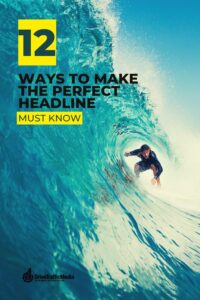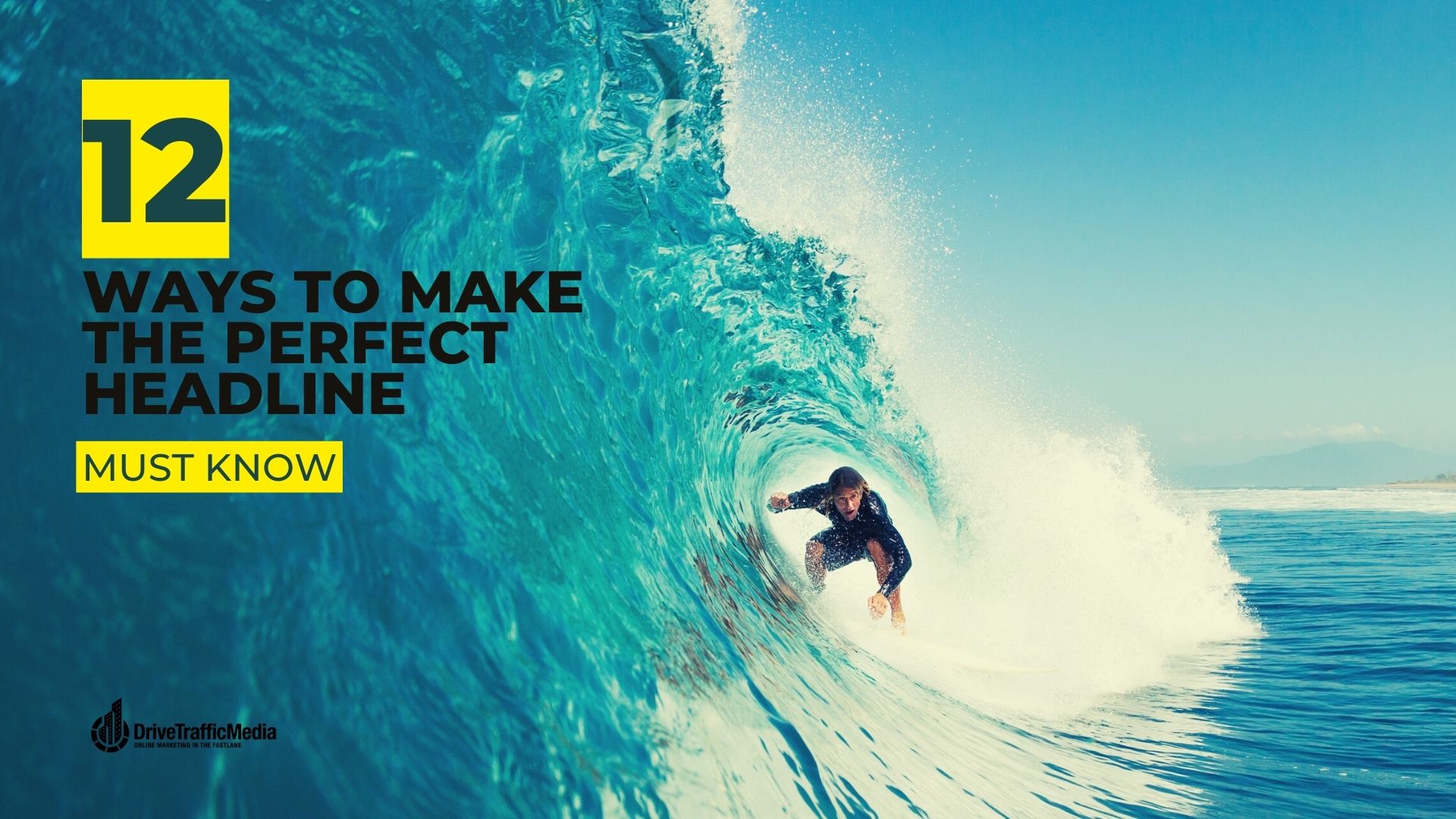People judge books by their covers, and people also judge articles by their headlines. Headlines are the reader’s first impression of not only your article but also your brand! Thus, it’s very important to write one that is accurate, eye-catching, and appealing at the same time. It doesn’t matter if your content is well-written if it falls short on the headline!

Here are our tips on creating the perfect headline:
1. Check Out the Competition
The first step to anything SEO-related is identifying your relevant keywords. Once that’s done, plug them into Google and look at the top results. Are they informative? Are they entertaining? Are they persuasive?
Knowing what and who you’re up against will help you come up with headlines that get clicks.
2. Tap People’s Emotions
At the end of the day, organic searchers are people with feelings. You can invoke emotions like happiness, anticipation, and excitement with a few choice words in your headline! However, try not to get carried away—headlines that are too emotional tend to look like clickbait.
3. Drop Names
Just like in real life, you can drop names of successful people in your field to make you look more credible.
As an SEO company in Orange County and Los Angeles, for example, we love to reference John Mueller, Webmaster Trends Analyst for Google. He’s a prominent figure in our field and is one of the leading SEO experts. Mentioning him and other notable names and figures can generate clicks like no other!
4. Add Numbers
Numbers, for some reason, always make people pause. They grab people’s attention and help their brains process information better. Take a look at these sentences for example and determine which stands out to you more:
“Experts agree that mobile optimization is crucial for digital marketing.”
“125 Los Angeles SEO experts agree that mobile optimization is crucial for digital marketing.”
5. Promise and Deliver
A good headline is engaging, entertaining, inspiring, empowering, and all that good stuff. You need to give customers good reasons to click and read through your article. Then, once they’re impressed by the headline, you need to follow up with great content.
Essentially, you want to promise a worthwhile read and deliver on that promise.
6. Optimize for Both Google and Humans
Search engine optimization will land you a spot on the rankings, while human optimization gets you the clicks. You need to strike that perfect balance by having high-quality and accurate information while being interesting, engaging, and entertaining to readers.
7. Write Multiple Headlines
Coming up with the perfect headline doesn’t come right away! If you’re still not sure about what to name your article, make a list of plausible headlines and narrow them down until you find one you’re most satisfied with. We recommend coming up with at least ten.
Make sure your options are diverse. Don’t just change the arrangement. Use different words, different tones, different formats, different emotions, etc. This is especially useful if you prefer writing articles before the headline—this way, your content isn’t limited by it. Just write to your heart’s content and pick out the most fitting headline after.
8. Analyze Quantitative Data
Always look at quantitative data to see how well your headlines are faring. Look at click-through rates, search rankings, and other measurable parameters as they give you more accurate information than qualitative data. While you may think and feel that your headlines are eye-catching and appealing, the numbers won’t lie.
9. Experiment
Maybe you’ll find that your headlines aren’t working as well as you thought they would, even if you followed all our tips to a tee. Maybe you’ll realize that what works for others could never work for you. If this is the case, feel free to throw caution to the wind and start getting creative. It takes practice to get headline writing just right, and who knows? Maybe you’ll hit the jackpot sooner or later!
10. Have a Formula
If you keep writing headlines that work, eventually you’re going to come up with a formula that works each time. Stick to this formula but make sure it doesn’t look similar to any other formulas out there—you want to find something that’s both reliable and unique!
11. Don’t Ask Questions
You’re trying to answer your customer’s questions, not give them anymore! Avoid having questions as your headlines as this can turn off your customers from visiting your website. If you insist on having one, then at least keep these in mind:
- Don’t have a question with an obvious answer. They already know the answer, so why should they waste time clicking on your website? And on that same note, don’t ask a question readily answerable by yes or no.
- Don’t pose a question you won’t answer. If you can’t answer the question anywhere in the article, then you’re just wasting their time!
- If you’re asking a frequently asked question, then don’t just answer standardly. You need to have better content than other websites that have already asked that question.
- Don’t resort to clickbait tactics.
Again, though, we’d just recommend avoiding questions altogether.
12. Think Positive
People often browse the Internet to escape negativity in the real world. Don’t add fuel to the fire!
As a business owner, you’ll want people to associate positive feelings like happiness and peace with your brand. You want to help them by solving their problems, answering questions, providing helpful information, or just giving them an entertaining read.

